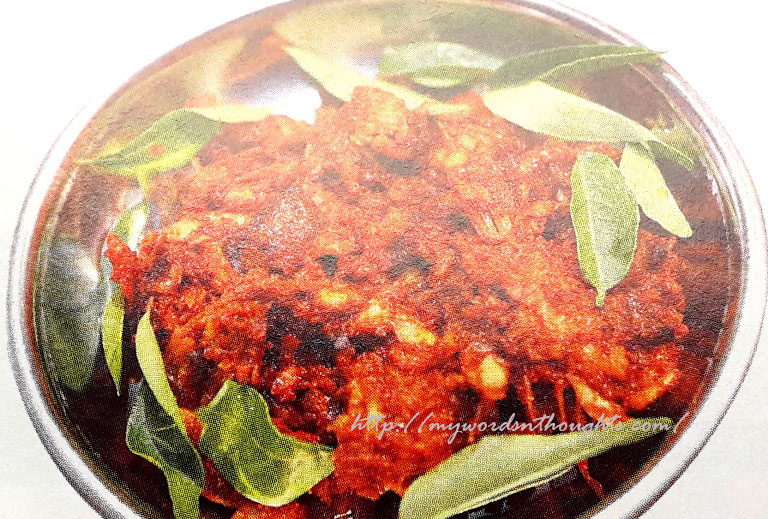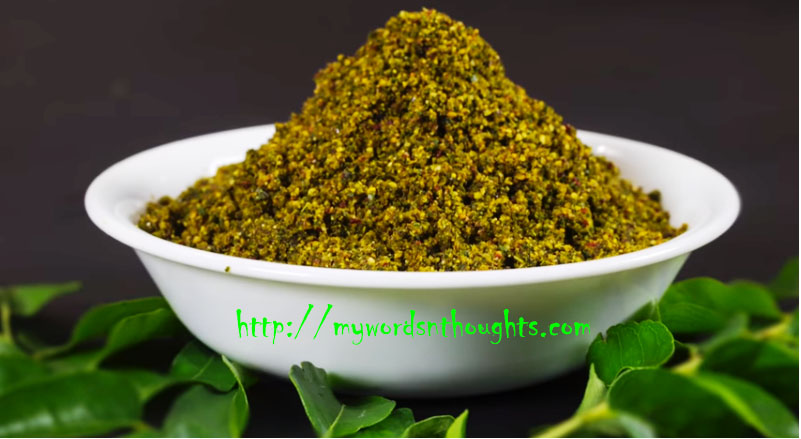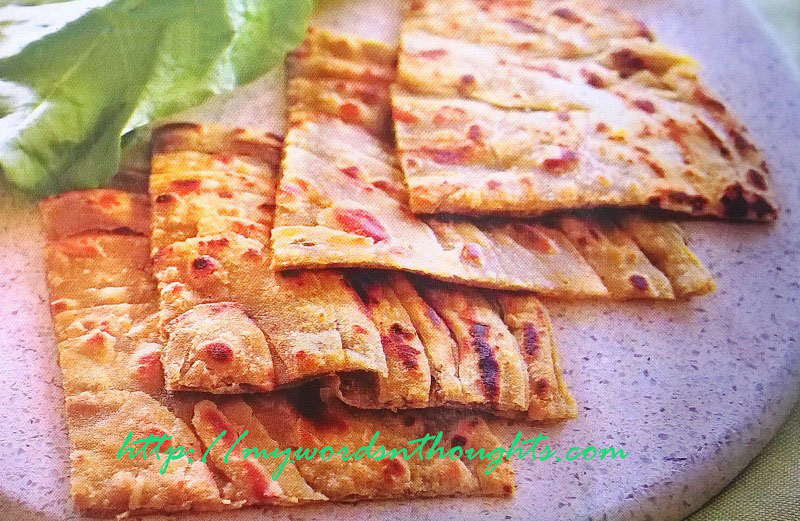A brief note on Tangasseri Cuisine – Best known for trademark seafood dishes
Once upon a time there was a secret tunnel from a British fort which leads towards seas. One needs to swim through water to reach a secret cave, where gold was found. Thus the place where gold was born came to be known as Tangasseri, as per old stories. In the outskirts of Kollam main town, there is a fort 5 kms away. The door leads to old British fort Tangasseri, which opens towards a wide range of sea food dishes rejoicing our taste buds.

During the rule of Portuguese Tangasseri was the place for Anglo-Indians. Right now, most of the families have migrated to foreign countries, and only below 100 families reside here. Through this column let me tell in brief some of the trademark dishes of Tangasseri.
Kuseed – Trademark fish soup of Tangasseri

Earlier bread, soup, appam, stew etc used to be the staple breakfast dishes. Wash beef and mutton, and cook it well by adding salt and crushed ingredients – cloves, cinnamon, pepper, ginger and shallots. When it’s done, temper it using hot oil, chopped shallots and curry leaves. This is the soup. When a spoon of appam batter is added to it and boiled well, it becomes stew. Boil well till contents thicken.
Tangasseri is a paradise of fish cuisine, and you get wide range of dishes. Fish curry is prepared in different methods – by grinding red chillies, adding black pepper or by adding chopped green chillies. Tangasseri people won’t waste even fish spines. They make delicious fish soup, which is called Kuseed in local terms. Fish soup is prepared using spine and tail portion of seer fish (Neymeen). Crush the ingredients – shallots, ginger, green chillies and garlic and fry in hot coconut oil. Add chilli powder and turmeric powder and fry again. When the pleasant aroma comes out, add fish along with water, salt and boil the contents. When fish is well cooked, add a bunch of curry leaves. You can add a little vinegar to give your fish soup a final touch.
There is a special combo dish for this fish – an Okra curry. Remove the head and tail portion of okra and steam cook them. Chop onions and green chillies, and sauté it and then add curry leaves. Finally add chilly powder and fry again. Add cooked okra and dry fry the contents well.
Matrimony prepared for marriage functions
During old days, coconut rice was specially prepared for guests. Ball curry, pappadam and pickle are provided as side dishes. Minced meat is used to prepare the kofta and the ball curry. Devil fry is given as starters. Cut beef into big pieces, and cook it adding salt, crushed cinnamon, cloves and pepper, and red chillies torn lengthwise and seeds removed. When beef is well cooked, it is torn into pieces. The remaining masala is blended well using a mixer. Fry 1 cup shallots chopped, crushed red chillies and curry leaves in oil and add meat pieces, masala paste, vinegar and a small spoon of sugar. Cook the contents in full flame till it turns dry. Devil fry is ready. The trademark devil fry is black in colour and looks like powdered thoran. That’s why this dish gained this name.
There is one common dessert prepared during wedding ceremonies, known as ‘Matrimony’. Powder 1 kg cashews and prepare 1.5 kg sugar solution. Add cashew powder to sugar solution, along with a pinch of pink colour and almond essence. Boil the contents till it thickens. Grease a plate and spread ‘matrimony’. When it cools, cut into diamond pieces. This dessert is served in homes where marriage ceremonies are conducted. Rose cookies and Culculsum are also served. Please don’t get confused. Achappam and Cheeppappam are known by these ‘foreign names’ in these places. There was a time when ladies of these places used to wear frocks like Anglo-Indians in public places. As time passed by, they changed to normal Malayalis and wear Saris as others do.
Not just taste, memories too…

Light house at Tangasseri
During Christmas season, grape wines are prepared at homes and distributed to neighbours and guests. A bottle of wine, a cake and coconut burfi are together given as Christmas gifts now also. After late night prayers, all people assemble in a hall. They dine together and celebrate the eve singing and dancing. When they reach homes, it would be dawn break. Now also residents of Tangasseri who stay away from homeland try to reach their homes during Christmas seasons.
Cucumber salad is a variety dish. Chop cucumber into thin round shapes. Remove skin of a few cucumbers and make spiral shapes without break them. Add salt, chopped onions and green chillies and mix well using hands. Just before you serve, add thick coconut milk.
Fish curry is the real celebration
For most residents, not even a single day passes by without tasting fish curry. If it’s the case of some celebration or local festival, fish is a must. The super-hot and trademark fish curry is made in almost every home. Tapioca is the best combo for fish curry, and its secret recipe goes like this. Chilli powder, turmeric powder and tomato are blended to a paste in mixer. Sauté green chillies, ginger and shallots in oil, and add the masala, and sauté again. Add pot tamarind, water and tomato and boil the contents. Add fish pieces and cook it well. When it is done, a thin layer of oil appears on its surface. Add curry leaves and put off the flame.
There is another fish curry, where coconut gravy is added. Make a fine paste of coconut, coriander powder, chilli powder, turmeric powder and shallots. Sputter mustard seeds in hot oil and sauté tomato. When it is done, add the gravy and sauté again. When the contents are well fried, add water and boil the contents. Add fish pieces and cook it well. When you grind masala in mixer, the gravy thickens.
King of tastes – Different fish varieties

Thirumullavaram is 3 kms away from Tangasseri. It’s one of the most beautiful beaches of Kerala. Just like small paper boats, colourful boats are spread on the sea shores, which go for fishing. Thalacurry (Fish head curry) is one of the trademark dishes available here, and is high in demand. It’s usually served aside cooked tapioca. Crab, prawns, squid, fried fish etc are some of the trademark sea food dishes available here. Mayavadi is the place near to light house, the place of British fort and the space where British were once buried.
Clathi Mooppichath is a trademark fish side dish of this place. Claathi is a type of sea fish with dark and thick outer skin, found in the seas of south Kerala. (I haven’t seen this fish in the fish markets of mid-Kerala like Thrissur). In my childhood I have ate it lot, though I don’t like it that much. It’s high in fat and the outer black skin is peeled off before preparation. I couldn’t find its English name.

When locals get this fish rarely, they remove the skin and separate its fat. This fat is used to prepare the fish later (in ‘Pollikal’ method). It’s cooked in clay pot, and spatula is used to tear it into pieces. It’s well fried adding salt and chilli powder, and used as a side dish of tapioca and rice.
There is yet another Tangasseri special – Kaalanaakk Varuthath. Kaalanaakk is a rare item, and when locals get it, they make a delicious side dish. It’s first cleaned and fried in hot oil. Sauté shallots, green chillies, pepper, curry leaves and salt in oil and then Kaalanaakk is added to it. The item is fried well and especially served for fishermen who go to deep seas for fishing. It’s believed this special dish gives strength.
Yes, fish is so special for Tangasseri people, especially if it’s fresh and not preserved in ice. They make a wide range of tasty and traditional non-vegetarian dishes with them.
Also read a few more posts related to Kerala cuisine. Here is the page link. Click on the images to read















Recent Comments